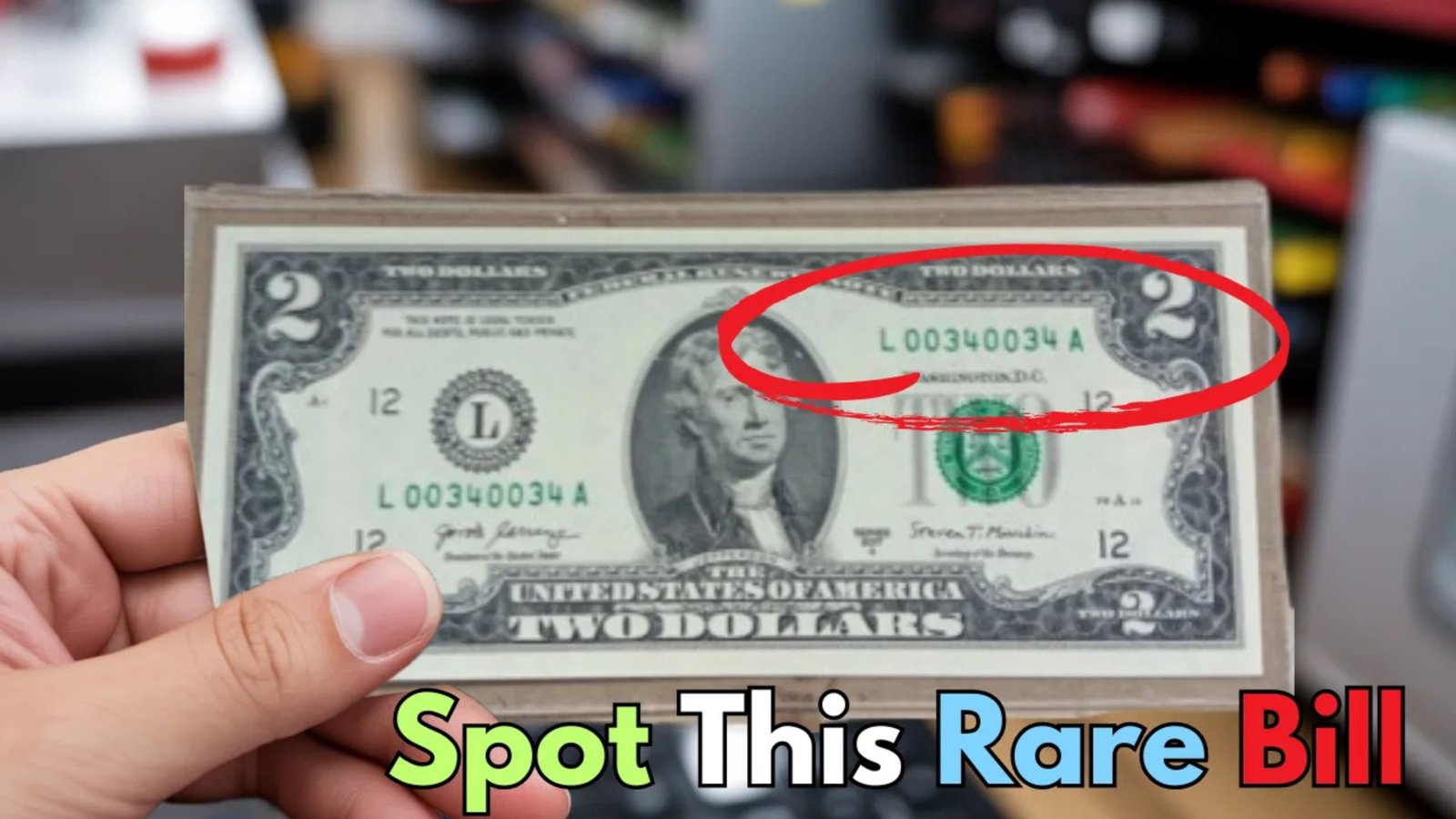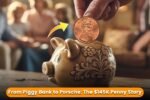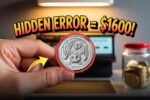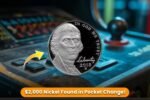2017A $2 Bill : In an astonishing twist of numismatic fate, a seemingly ordinary $2 bill from the 2017A series has been valued at a staggering $27,500—thanks to its rare and highly sought-after repeater serial number.
The Discovery
The discovery was made by a casual collector who, by sheer chance, received the rare bill as change at a convenience store in late 2024. Initially planning to use it for a small purchase, the collector noticed something unusual: the serial number on the bill read 29292929—a striking and perfectly symmetrical pattern known as a repeater.
Upon closer inspection and consultation with currency experts, the bill was confirmed to be a 2017A series $2 Federal Reserve Note—already notable due to the series’ limited circulation. Combined with the repeating serial number, the note’s value skyrocketed well beyond face value.
What Makes It Special?
Repeater serial numbers—where two sets of identical digits are repeated in the same order (like 29292929 or 45454545)—are a type of fancy serial number. They are exceedingly rare, with odds estimated at 1 in 10 million for any given serial number to be a perfect 8-digit repeater.
Fancy serial numbers, particularly repeaters and “super repeaters” (such as 12121212), are prized among currency collectors. When they appear on low-denomination bills like $2 notes, which are already less common in circulation, their value can multiply dramatically.
Why the $2 Bill?
While often considered a novelty, the $2 bill is legal tender and still printed by the U.S. Bureau of Engraving and Printing in limited quantities. Most Americans rarely encounter one, making them ideal canvases for collectible serial numbers. Notes from the 2017A series are especially collectible, as they were issued in limited runs and have fewer high-grade examples in circulation.
Authentication and Appraisal
The bill in question was quickly authenticated by Paper Money Guaranty (PMG), a leading currency grading service. It received a high grade of Gem Uncirculated 66 EPQ, confirming it had not been folded or circulated and retained full crispness and original paper quality. The grading, along with the serial number, dramatically increased its market value.
Collectors and dealers alike have expressed strong interest. One private buyer has reportedly offered $27,500 for the note—a testament to the incredible premium rare serial numbers can fetch.
Lessons for Collectors
This discovery is a reminder to always check your cash. That crumpled $2 bill in your wallet might be worth far more than you think—especially if it has a fancy serial number. Look out for patterns like:
-
Repeaters (e.g., 37373737)
-
Ladders (e.g., 12345678)
-
Radar Notes (e.g., 12344321)
-
Solid and Near-Solid Numbers (e.g., 88888888 or 00000001)
-
Low Serial Numbers (e.g., 00000002)
While most such notes won’t command five-figure sums, the right combination of rarity, condition, and demand can yield shocking returns.
Final Thoughts
From pocket change to payday, this $2 bill’s journey is a dream scenario for currency collectors and an exciting example of hidden value in everyday life. As fancy serial number collecting continues to grow in popularity, who knows what might be hiding in your own wallet?
Frequently Asked Questions (FAQs.)
Q1: What is a repeater serial number?
A repeater serial number is a sequence where the digits repeat in a specific pattern. A full repeater features the same sequence twice (e.g., 29292929). These are extremely rare and highly valued by collectors.
Q2: Why is this $2 bill worth $27,500?
The value comes from a combination of factors:
-
It’s a 2017A $2 bill, which is a less common series.
-
It has a rare repeater serial number (29292929).
-
It’s in Gem Uncirculated condition, meaning it has never been folded or used.
-
There’s high demand among collectors for fancy serial numbers, especially on lower denomination notes like the $2 bill.
Q3: What are the chances of finding a bill like this?
Extremely low. The odds of a perfect 8-digit repeater appearing in circulation are around 1 in 10 million. Combine that with the specific denomination and series, and the odds drop even further.
Q4: Are all $2 bills valuable?
Not necessarily. Most $2 bills are worth face value, especially if they’re modern and heavily circulated. However, those with rare serial numbers, older series, or special printings (like red seal or star notes) can be worth much more.




